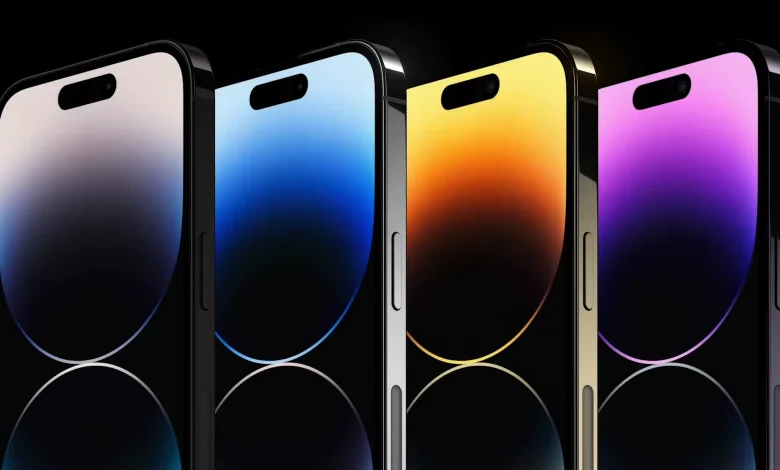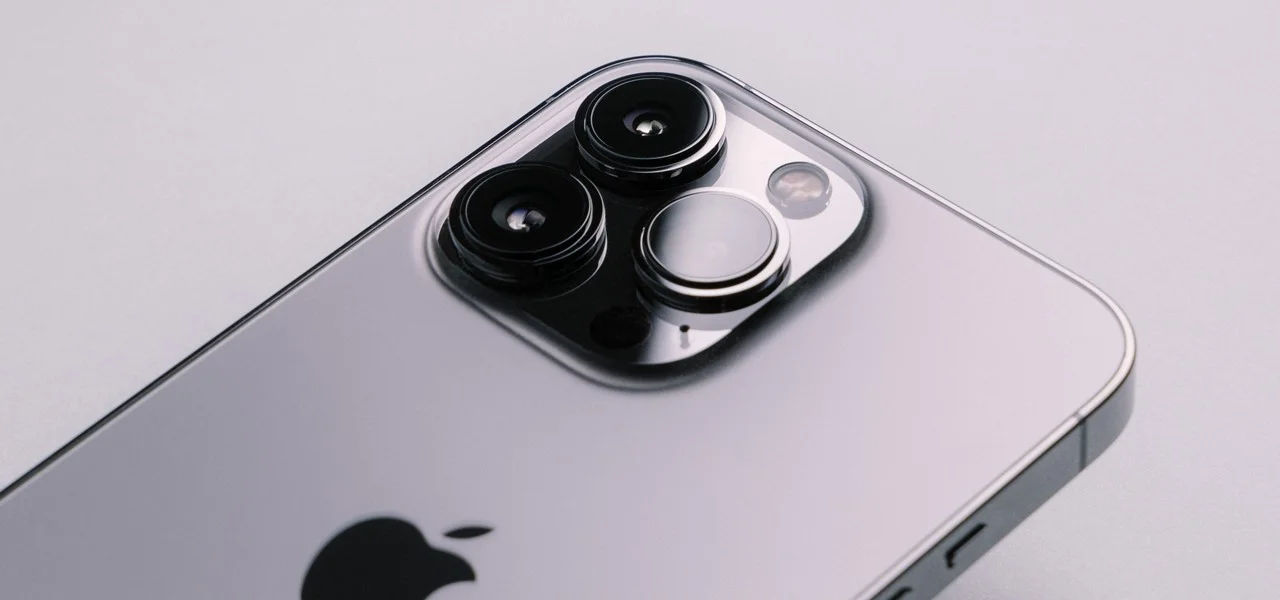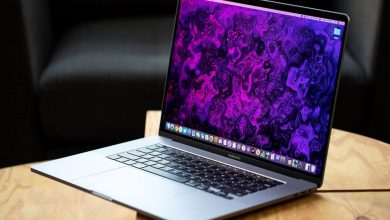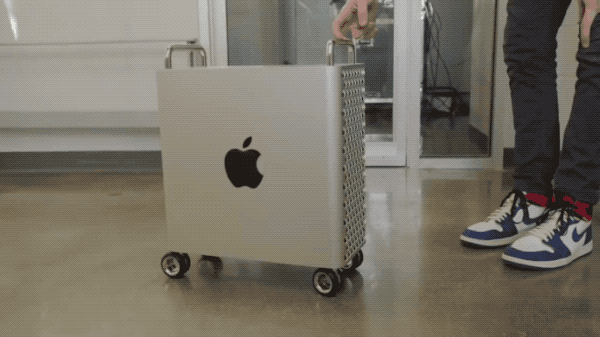
Apple unveiled the new iPhone 14 and iPhone 14 Pro models, which differ significantly. While the camera and display are the aesthetic features that distinguish both smartphones, Apple ensured that the ‘Pro’ versions are quicker in terms of performance. However, Apple just revealed that the A16 Bionic chip used in the high-end variants costs more than twice as much as the A15 chip.
The A16 Bionic chip in the iPhone 14 Pro versions costs Apple $110 to produce, according to a Nikkei Asia report. The price is 2.4 times higher than what Apple paid for the A15 chip in the iPhone 13 Pro from the previous year. One of the likely causes of the price hike is that the chip is produced using TSMC’s 4nm technology. The A15 Bionic chip from the previous year is a 5nm device in comparison.

Nikkei Asia discovered, in partnership with Fomalhaut Solutions, that the average production cost of the iPhone 14 and iPhone 14 Pro has grown by 20% across all models. According to the article, Apple’s profit margins may have been reduced because the company did not raise the price of the gadget in the United States and certain other nations.
It makes sense that chip prices would rise as chip downsizing progresses. The A17 Bionic chip from Apple, which will power the iPhone 15 Pro next year, is reported to be built using TSMC’s 3nm manufacturing process. Additionally, it was anticipated that TSMC would start manufacturing 2nm chips in large quantities in 2025. Going forward, we should anticipate further chip price increases, which can translate into higher iPhone costs.
In terms of overall performance, the A16 Bionic processor outperforms the A15 Bionic by 15% to 17% in multi-core scores compared to last year’s A15 Bionic. Apple chose the A15 Bionic chip in the basic iPhone 14 and iPhone 14 Plus since the A16 Bionic chip is only present in the iPhone 14 Pro versions. The latter, which has a five-core GPU, is the same technology that powers the iPhone 13 Pro models.
It will be interesting to see how Apple will deal with the rising production costs of future A-series iPhone CPUs. Since the company won’t be taking losses, the upcoming iPhone lineup is anticipated to be much more expensive than the current generation.



